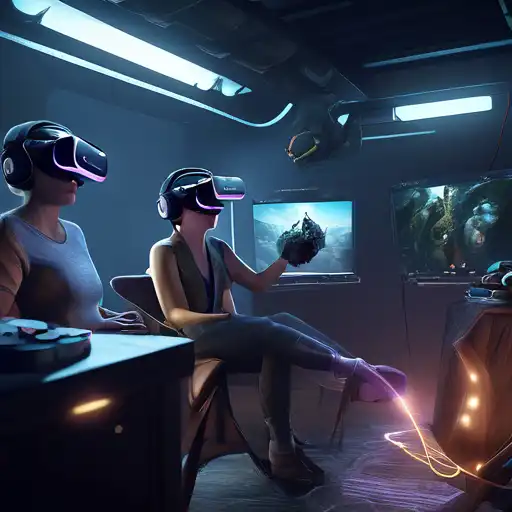Introduction to Virtual Reality
Virtual Reality (VR) has transformed the way we interact with digital content, offering immersive experiences that were once the stuff of science fiction. This guide delves into the essentials of creating captivating VR experiences, from conceptualization to execution.
Understanding VR Technology
Before diving into VR creation, it's crucial to understand the technology behind it. VR relies on headsets and motion tracking to simulate a three-dimensional environment, allowing users to interact with a virtual world in a seemingly real or physical way.
Designing for Immersion
Creating an immersive VR experience starts with thoughtful design. Consider the user's perspective, environment, and interactions. Key elements include:
- High-quality graphics and realistic textures
- Intuitive user interfaces
- Responsive and natural movement controls
Developing VR Content
Development involves choosing the right tools and platforms. Popular options include Unity and Unreal Engine, which offer robust support for VR projects. Focus on optimizing performance to ensure smooth and comfortable experiences for users.
Testing and Feedback
Testing is a critical phase in VR development. Gather feedback from a diverse group of users to identify and address any issues related to comfort, usability, and immersion.
Future of VR
The potential for VR is limitless, with advancements in technology paving the way for more realistic and interactive experiences. Staying updated with the latest trends and tools is essential for anyone looking to make their mark in the VR industry.
For more insights into VR technology, check out our VR Technology Basics guide.
